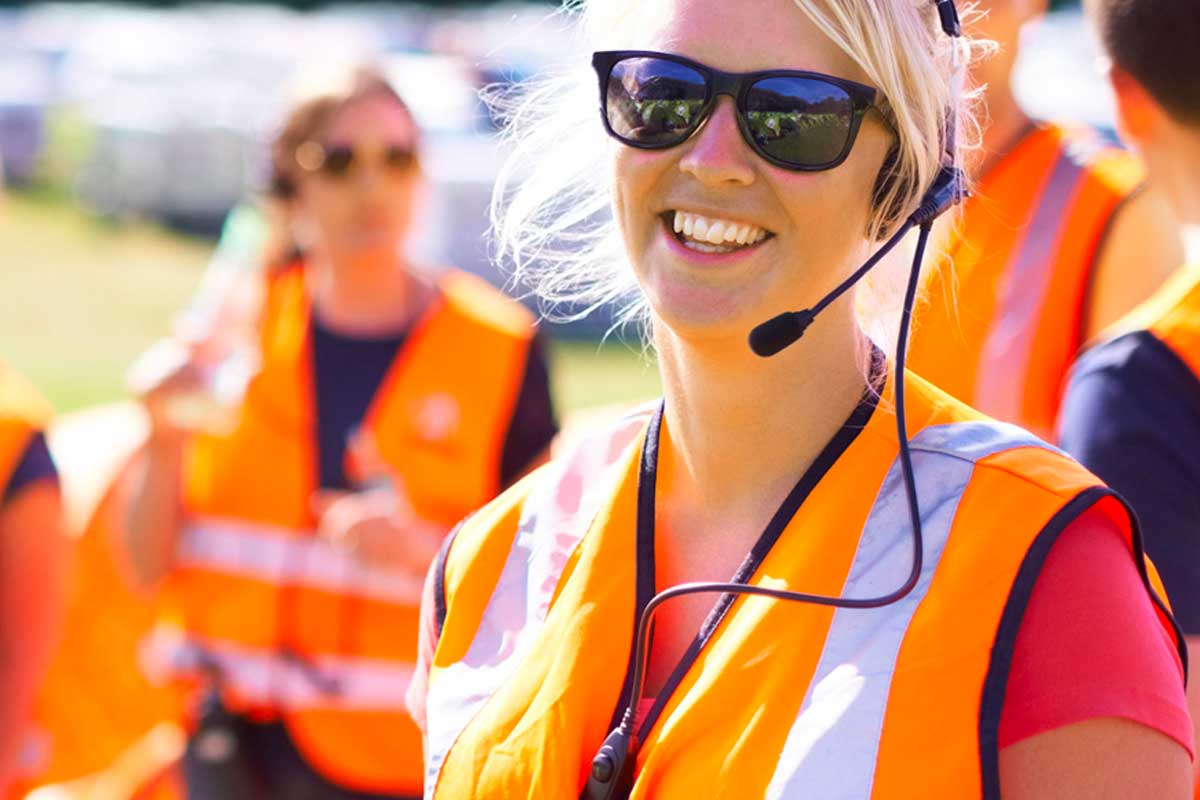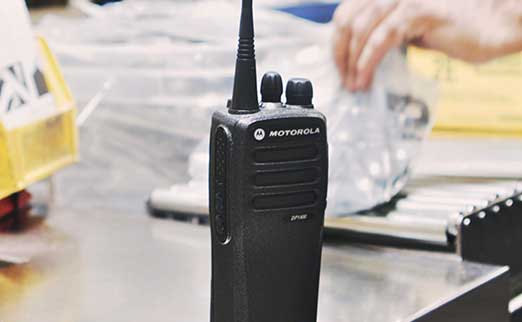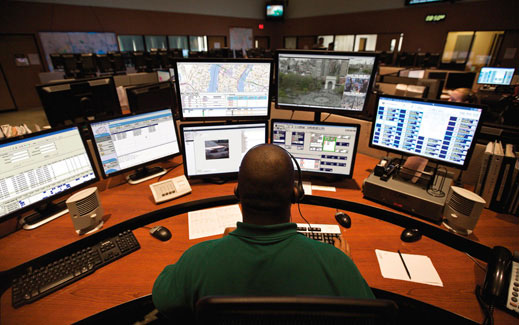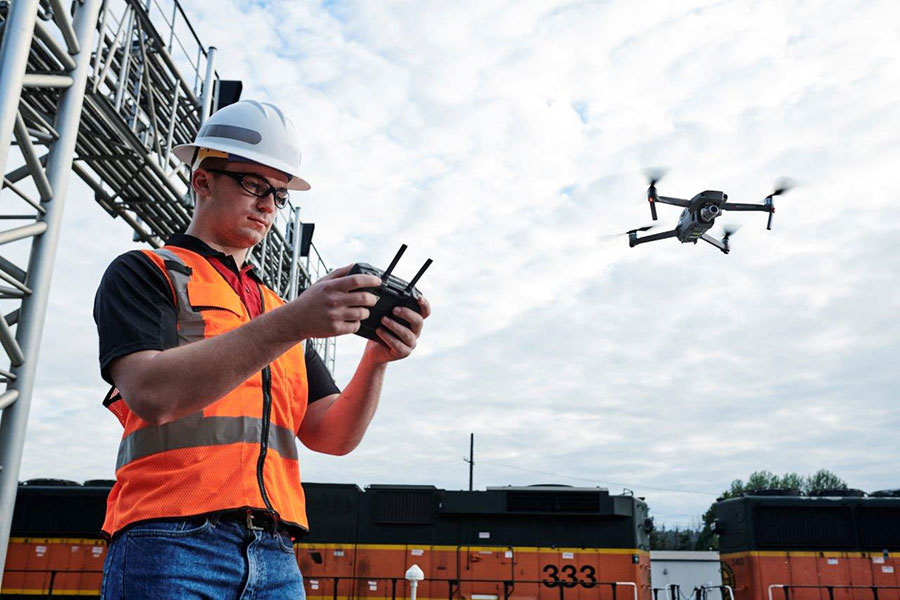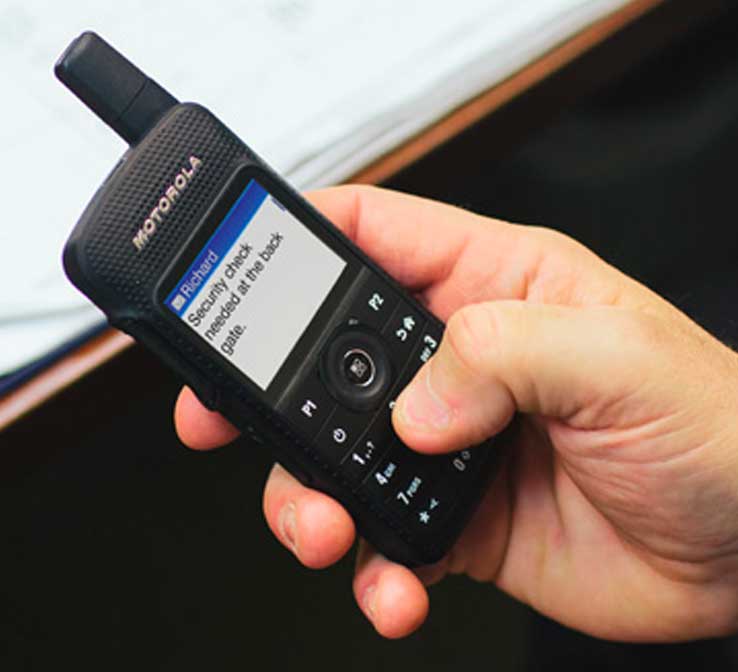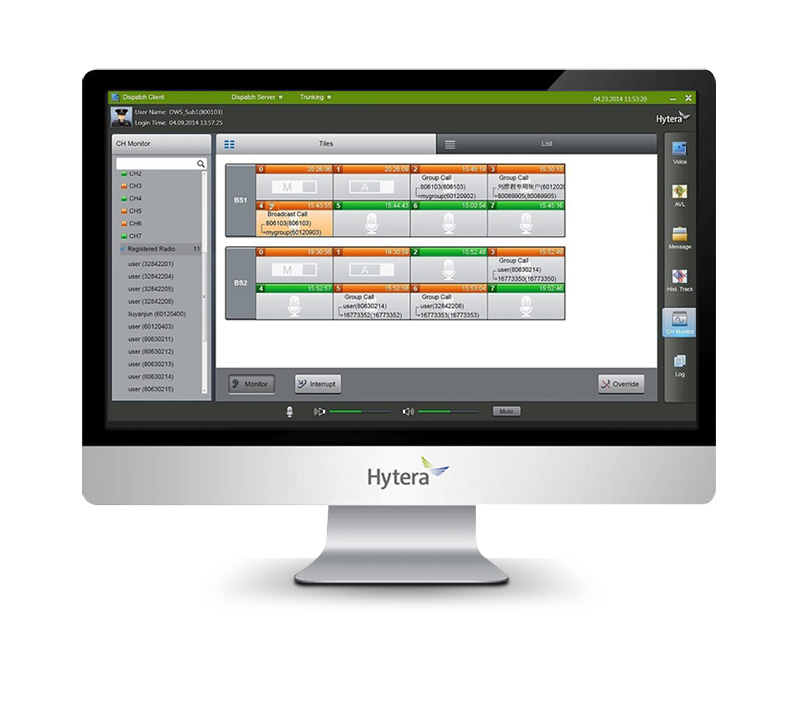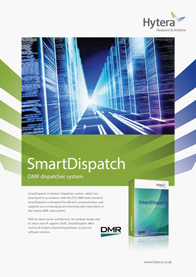In the busy environment of holiday parks, efficient communication is essential for smooth operations. Teams spread across wide-ranging grounds can often face challenges with coordination tasks, managing emergencies and providing the best possible customer service....
- All the functions are on one user interface
- Support for various methods of searching contacts, for example by category, by marking colour and by user-defined search (by entering SSI or name)
- “Group patch” and DGNA groups
- Select the radio directly from the map to start a call or message directly
- Offline maps for AVL in an independent secure system
- Route tracking: View the movement progression of individual radios
- The server and workstation can connect via two separate ACCESSNET®-T IP Gateways
- The DWS can be adapted in detail to suit individual customers and to fit the requirements of any radio system
- Dispatchers can assign radios, groups and dynamic group number assignment (DGNA) according to the administration rights they hold on their own DWS workstation
- Temporary locking and unlocking of radios (Enable/Disable)
- The software is scalable to suit anything from small radio systems to major radio networks covering entire regions
- Divert and hold calls
- Ambience Listening
- Add more subscribers to group calls, or force an end to group calls
- Different sound and visual options to signal calls, enabling fast reaction times, particularly in emergency situations
- Redundancy of servers, databases, and system connection creates high level of system stability
- The participation of radios in group calls can be acknowledged using the “Ping Response” function
- Messages can be sent quickly to several subscribers at once, by selecting from a list
- Monitoring of the current status of radios, including registration status on the radio system as well as at the current base station, GPS position data and speed of movement
- Permanent disabling (killing) of radios
- Monitor management – In this way you can be sure that you are always connected to relevant group calls or individual calls
- Uses various map systems to display subscribers
- Configure “Geofences” – areas with configurable access rules for particular radios
- Create DGNA groups directly on the screen
- Send tasks to radios. A radio response list indicates the confirmation or rejection of the task (task management)
- Each workstation can be equipped with individual functions
- Each DWS workstation can connect to two servers with server redundancy. If “server 1” fails, “server 2” takes over operation. DWS users can continue to work undisturbed
- Group configuration and function allocation for each workstation is stored on the server. So dispatchers can carry out their task from any computer workstation without having to reconfigure
- The interface can be adapted to specific customer requirements
- Fast operation with touch optimisation and the latest WPF framework
- IP structure ensures flexibility when preparing
- Callback request to the dispatcher
- A call list with detailed information on all calls, as well as start time, duration, and subscribers’ voice activity
- Multiplex support for voice calls, including semi-duplex, full-duplex and group calls, emergency calls, broadcast calls, mass calls, as well as PSTN and PABX calls
- OOCI integration permits convenient object-orientated calls
- Support by text messages, standard messages and status messages
- “Flash messages” are immediately displayed on selected radios, so users cannot miss them
- The server is able to backup its database to external data carriers at configurable intervals and restore it if necessary

